Our Stories
Recent Articles
From the Architect
Architect's Notebook: One of My Favorite Things
While I often use this space to write about some of my favorite architectural features found on Capitol Hill, I want to use this Architect's Notebook to write about my favorite and most important p
From the Architect
Architect's Notebook: Finding Comfort In Balance
It is human nature to try to find order and balance in our surroundings. One of the ways I do this in my own life is to be as organized as possible.
From the Architect
Architect's Notebook: A Washington Connection
Even after working with this agency for more than 20 years, I continue to discover little surprises in the buildings, grounds and art cared for by our employees.
From the Architect
Architect's Notebook: What We Hold Precious
Walking through the Capitol campus, I frequently come across ornamentation in our buildings made from various metals.

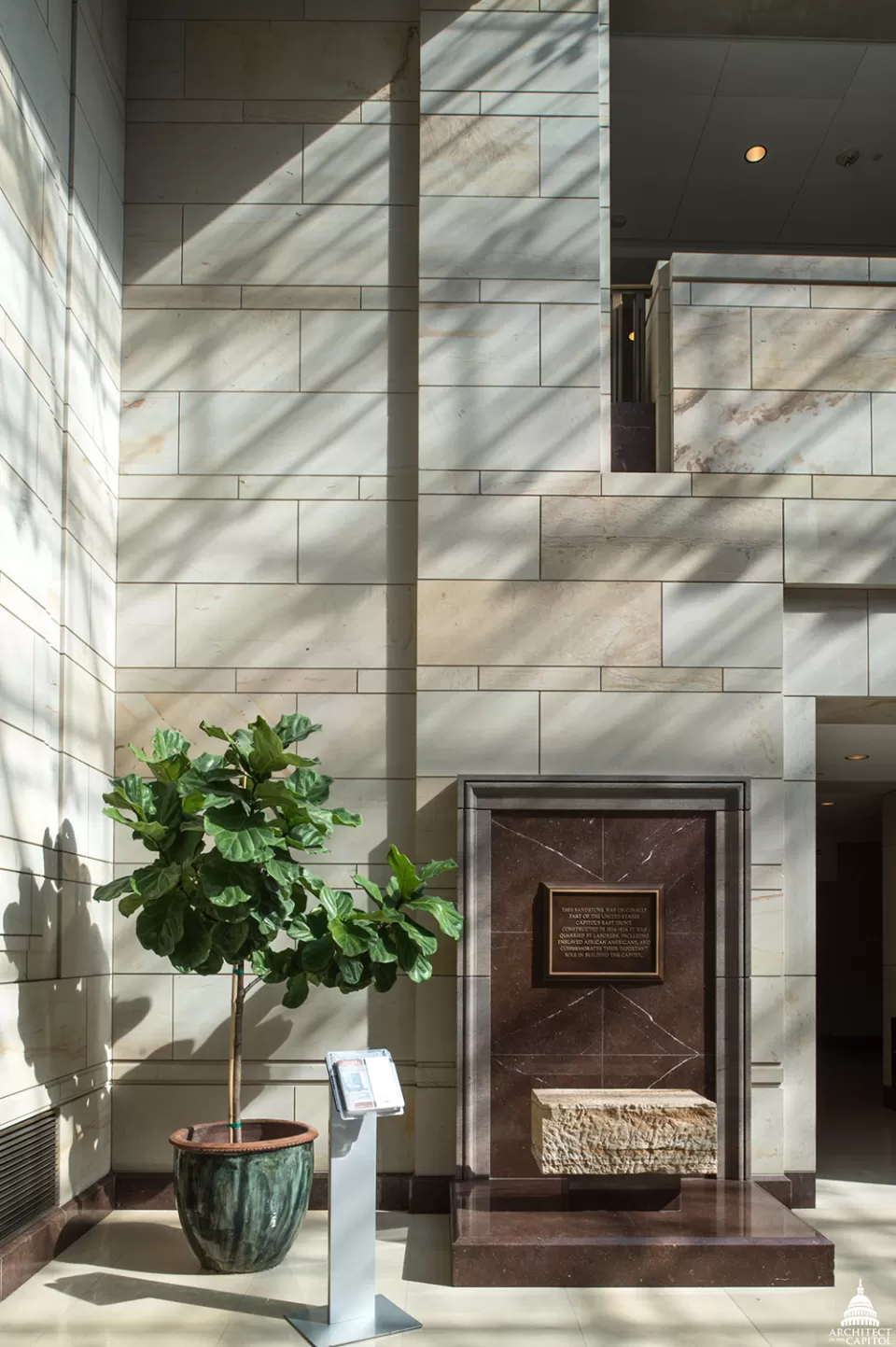
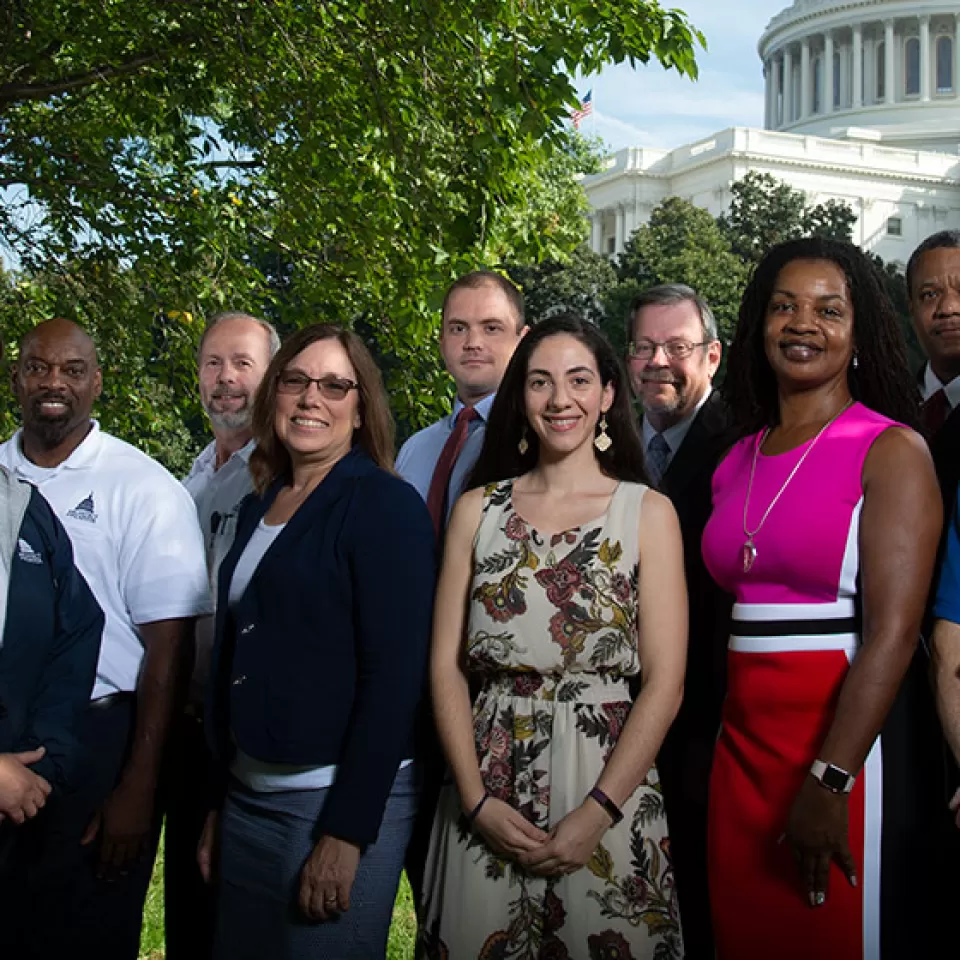
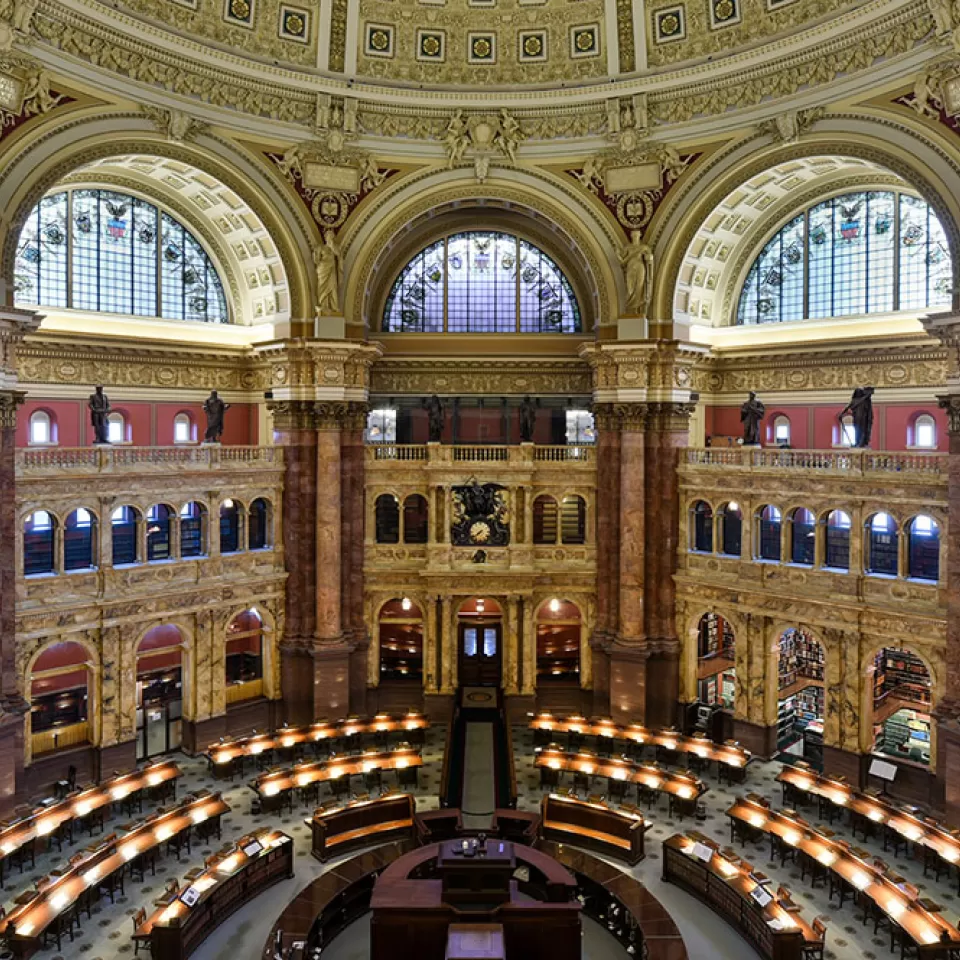
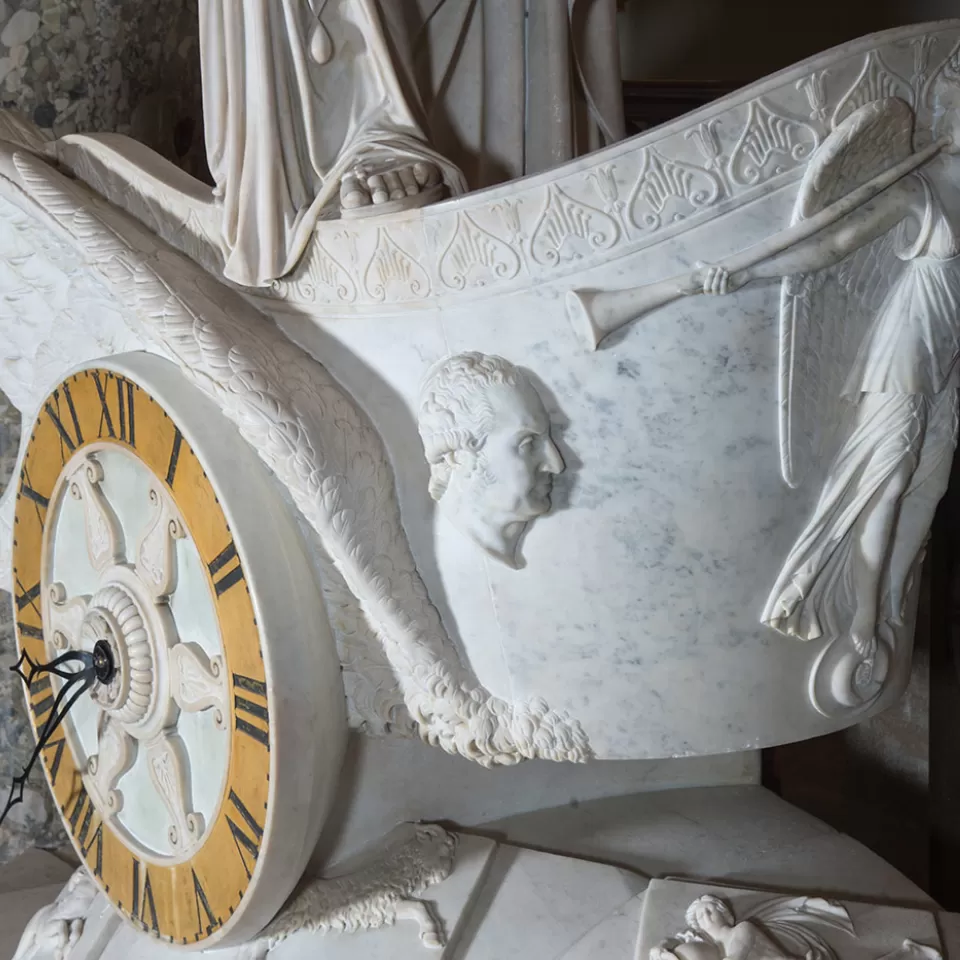
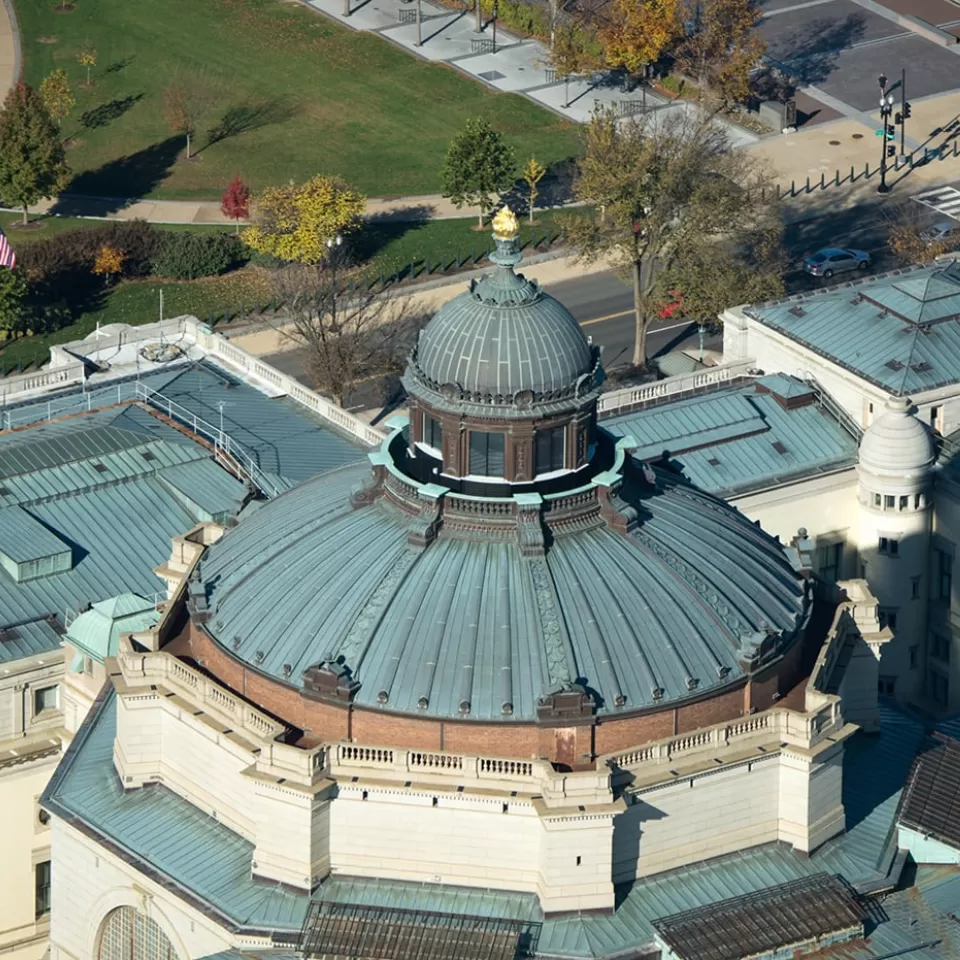
Add new comment